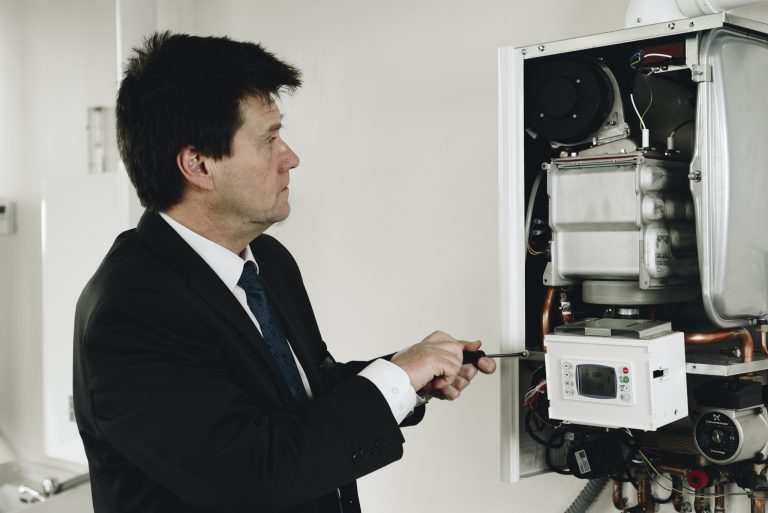R&M increases packing density with the slim-line DRM45 DIN rail adapter for copper and fiber optic connectivity. R&M, a Swiss cabling systems developer and provider for high-quality network infrastructures around the world based in Wetzikon, is supporting high-density LAN cabling on top hat rails. With a width of 18 mm, the new, slim-line DRM45 DIN rail adapter corresponds to 1 HP (horizontal pitch), the typical pitch pattern on standard 35 mm top hat rails (DIN EN 50 022). When it comes to structured cabling for Local Area Networks (LAN), planners, installers, and building owners want compact solutions. Increasingly these days, small building distributors or switch cabinets for industrial, functional, and residential buildings not only require controllers, network connectors, and other technical building system components, but also RJ45 network connections. These are needed, for instance, for the Internet of Things, industrial Ethernet, internet connections for machines, and controllers for smart buildings. In such cases, the 35 mm top hat rail is often the installation platform of choice. R&M has developed the slim-line 1HP DRM45 adapter to meet this demand. Both the shielded and unshielded versions of the RJ45 copper modules Cat. 6A EL, Cat. 6A ISO, and Cat. 6A coupler fit into the housing. In fiber optic cabling, the adapter supports LC Duplex and SC Simplex connections. The adapters can be clicked into and snapped out of the top hat rail in just a few steps. The copper and fiber optic adapters are equally easy to insert, click in, and if required, replace or remove. The plug connections can still be accessed from the front with a higher packing density. The integrated ground spring can also be enabled or disabled from the front. A hinge connects the dust cap with the adapter so that the cap does not get lost. There are nine cap colors available to denote individual network services. If the adapter is not in operation, the dust cap can be closed in a flash. The labeling window is also accessible from the front. The labels can either be written by hand or printed. More information: https://www.rdm.com/gbr_en/Company/Media/News/Bringing-LAN-cabling-to-top-hat-rails














